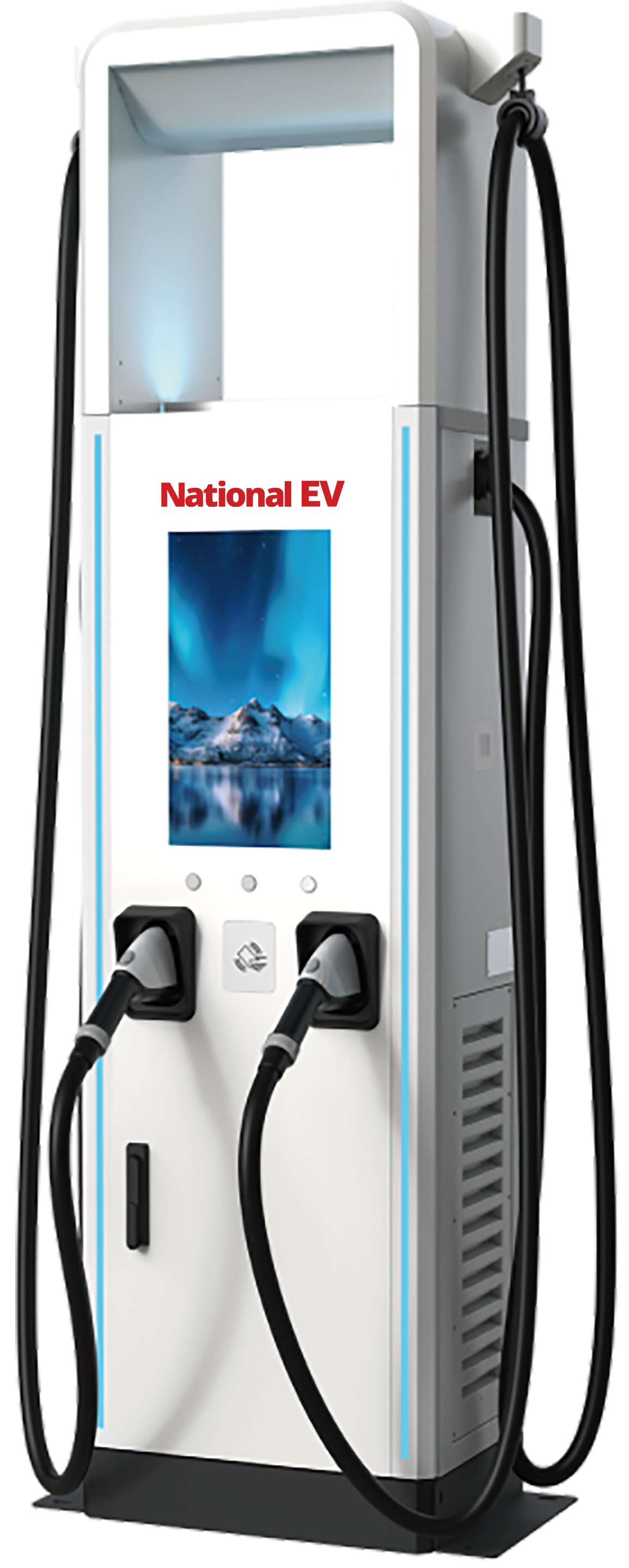
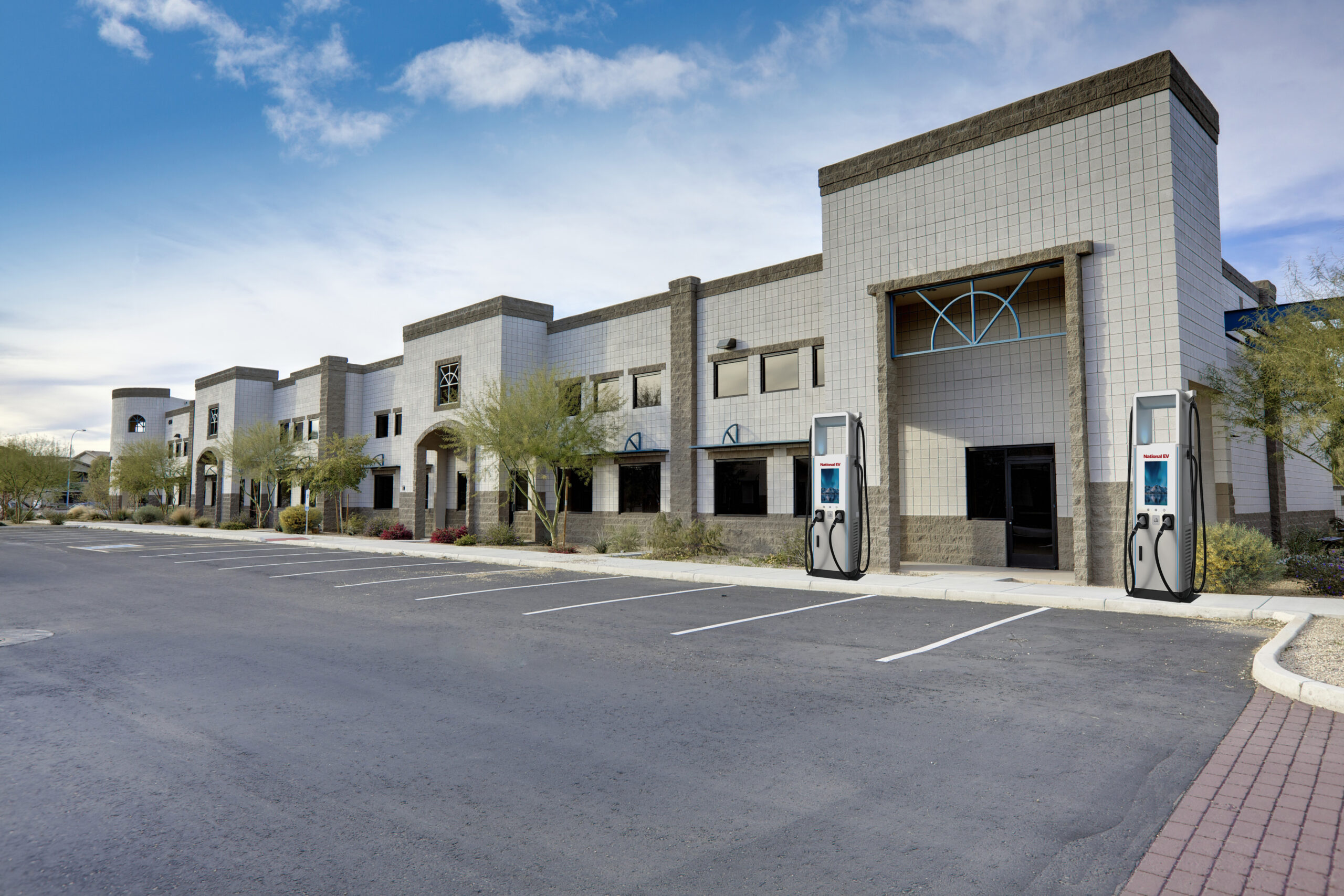
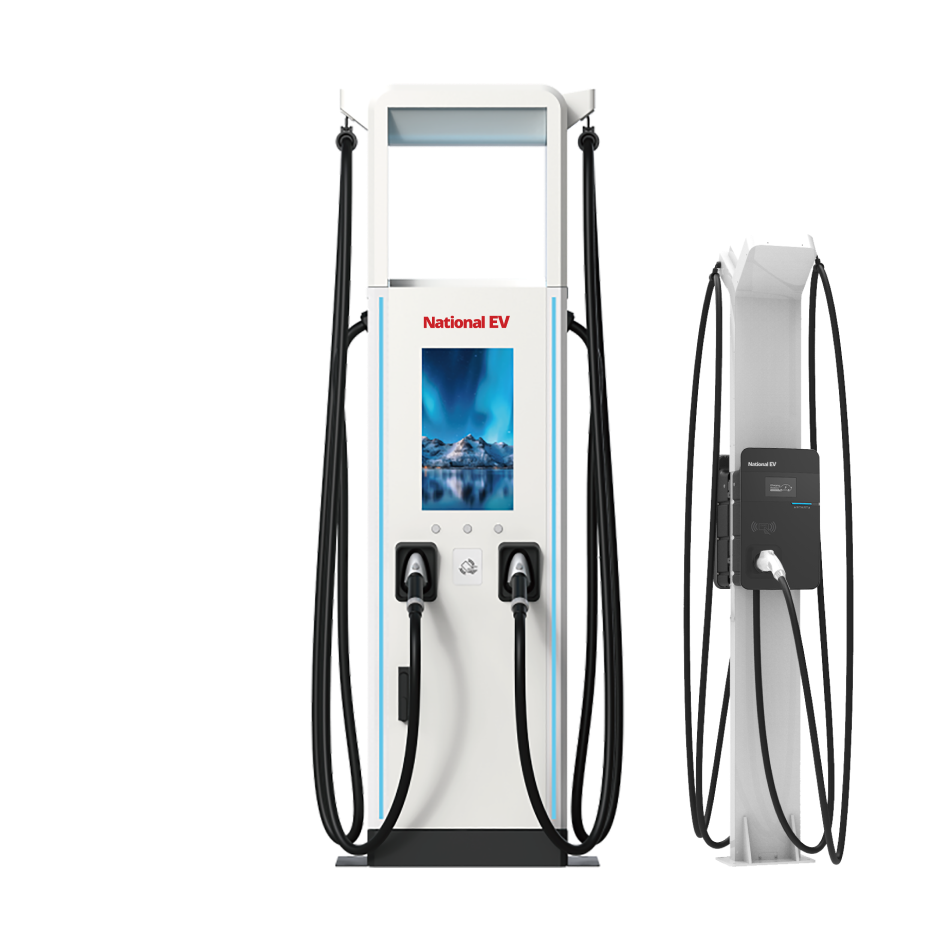
Experience Dynamic Effortless Charging. Fast Charging with Media Display.
Residential and commercial EV charging solutions offer both wired and wireless connections.
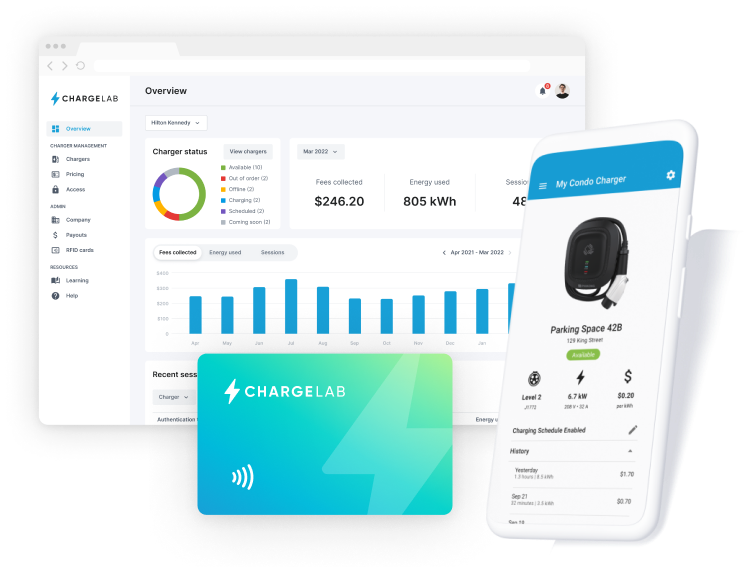
Our software combines a user-friendly mobile app and central/cloud platforms for smooth management, payments, and monitoring.
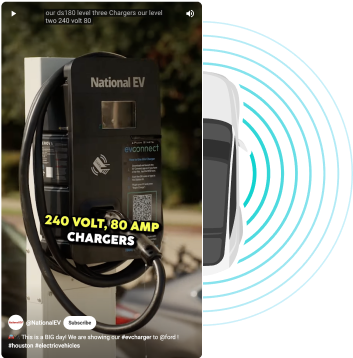
National EV manages your entire EV charging project seamlessly, from consultation to maintenance. Our experienced team ensures efficient and tailored solutions for residential, commercial, and fleet applications.
Our innovative charging station with a 21.5-inch sunlight-readable touchscreen for versatile applications. With adjustable cable arm system offers flexibility with a 550mm maximum length. The sleek design includes trendy star lights and a sophisticated 3-color indicator. This high-power machine supports ultra-fast charging at 240kW, featuring a standalone body for cost-effective installation.

Our 360kW DC charger, designed for outdoor use, is reliable and resistant to solid and liquid intrusions. Upgradeable to 4 DC charging outputs, each delivering 360KW. Liquid-cooled connectors support up to 500A, ensuring an efficient and powerful charging solution.
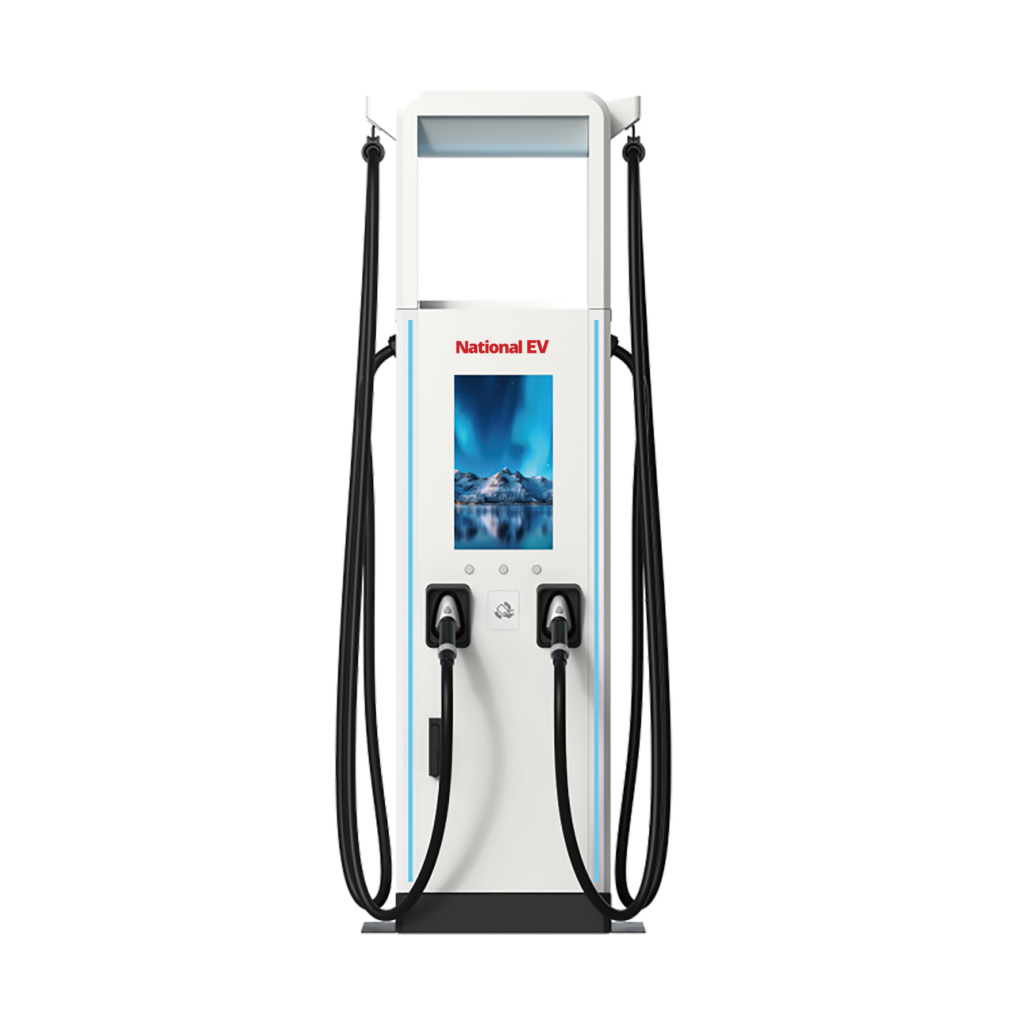
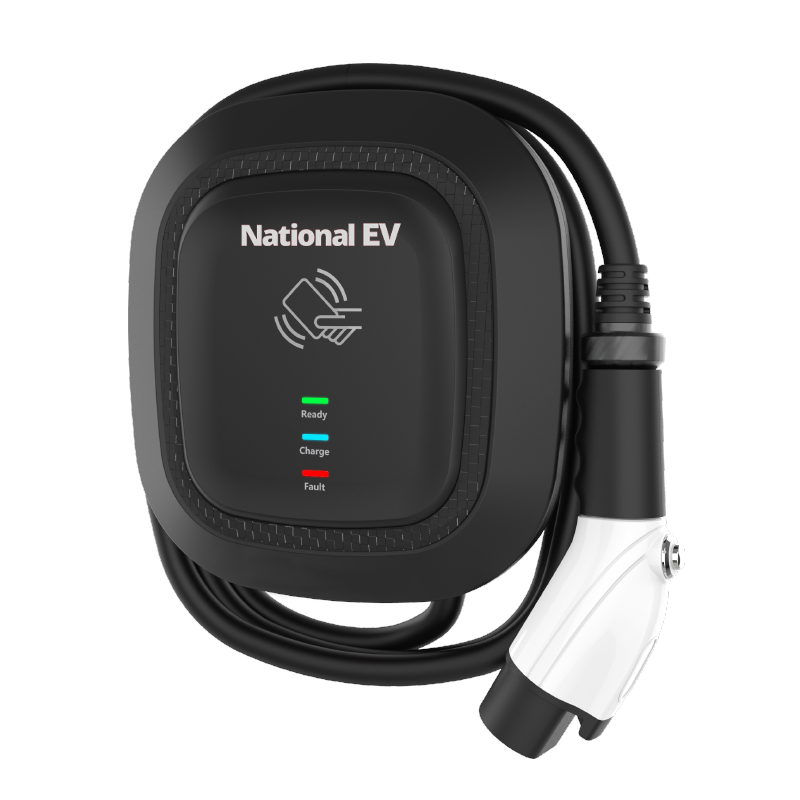
Our level 2 EV charging stations are network-ready with RFID card readers offering a versatile design for wall or pedestal mounting. Perfect for residential, hospitality, offices, municipalities, and commercial properties.

Up to 80A Wall-Mount EV Chargers network-ready with optional RFID card readers for user ID. National EV’s chargers include a versatile design for wall or pedestal mount.
Up to 7 years
Multiple revenue streams
Backend Software
As EVs rise in popularity, businesses can gain a competitive edge by installing chargers. Our company assists with setup, determining optimal locations and ensuring proper installation. Contact us for details on our project management and installation services.
Lets Talk
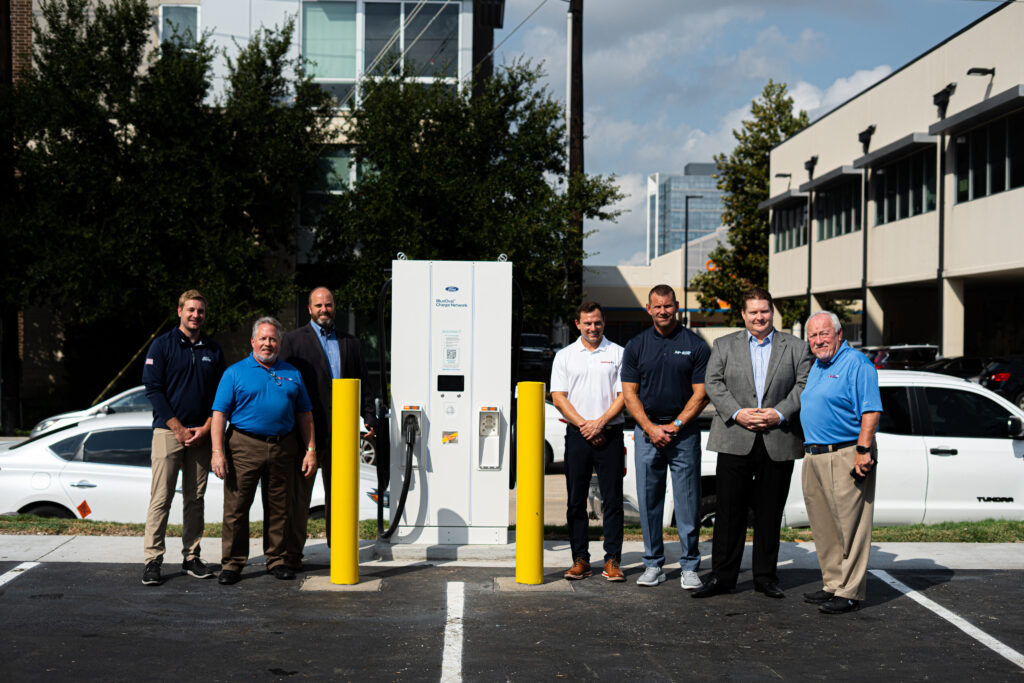




So, why should a consumer switch from a traditional gas powered engine to an electric vehicle? The first reason that might come to mind is the benefit an electric vehicle provides to the environment. Around the world, the reduction of carbon emissions remains a high priority. Protecting the planet and reducing the general populations dependance on fossil fuels is of utmost concern. EV technologies have become of paramount importance to those consumers who wish to play a part in the United States’s greenhouse gas pollution reduction targets that are in place to achieve a 50-52 percent reduction from the 2005 levels. Unfortunately, the vehicles most of us continue to drive are a in fact a driver of increased carbon emissions into the atmosphere. One of the biggest advantages of an EV is the reduction of pollution caused by the vehicle itself. There is no tailpipe on an EV, so there are zero exhaust fumes excreted. In the course of a single year, just one electric car on the road can save an average 1.5 million grams of CO2. That’s the equivalent of four return flights from Houston to Miami. Another benefit to an EV is a decrease in noise pollution. . Most EVs are so quiet that they are now required by law to have an Acoustic Vehicle Alert System (AVAS), which is an accessory that generates sounds to surrounding pedestrians while the vehicle is travelling below 12mph.
So, why should a consumer switch from a traditional gas powered engine to an electric vehicle? The first reason that might come to mind is the benefit an electric vehicle provides to the environment. Around the world, the reduction of carbon emissions remains a high priority. Protecting the planet and reducing the general populations dependance on fossil fuels is of utmost concern. EV technologies have become of paramount importance to those consumers who wish to play a part in the United States’s greenhouse gas pollution reduction targets that are in place to achieve a 50-52 percent reduction from the 2005 levels. Unfortunately, the vehicles most of us continue to drive are a in fact a driver of increased carbon emissions into the atmosphere. One of the biggest advantages of an EV is the reduction of pollution caused by the vehicle itself. There is no tailpipe on an EV, so there are zero exhaust fumes excreted. In the course of a single year, just one electric car on the road can save an average 1.5 million grams of CO2. That’s the equivalent of four return flights from Houston to Miami. Another benefit to an EV is a decrease in noise pollution. . Most EVs are so quiet that they are now required by law to have an Acoustic Vehicle Alert System (AVAS), which is an accessory that generates sounds to surrounding pedestrians while the vehicle is travelling below 12mph.
Utilizing the level 1 charger is a relatively slow charge, with some taking 30-40 hours for a full 60kW load. A level 2 charger can add 12-80 miles per hour of charging, requiring between 2.5 and 4.5 hours for a full charge. It is much faster than a level 1 due to the utilization of a more powerful 240-volt power supply. The last option is a level 3 charger. These are larger, similar to a gas pump which one would expect to find in commercial areas. A level 3 charger can charge an average vehicle in 30-40 minutes.
Transportation electrification has gained significant momentum in recent years, largely due to policymakers providing incentives for consumers to make the switch. 90% of energy consumed in US transportation comes from petroleum. Federal tax credit for the purchase of a new plug in EV can range from $2,500-$7,500, depending on the car’s battery capacity. Many states have also implemented incentives to promote the adoption of electric vehicles, however, it differs from state to state. Texas, for example, provides rebates up to $5,000 for leasing or purchasing a new EV. Any vehicle purchased after September 1, 2019 is eligible for this rebate. There are many other incentives offered, but the list varies widely depending on location, and make and model of vehicle.
With EVs becoming more and more popular, many consumers are beginning to inquire about the possibility of their first EV purchase. Like with many new technologies, many consumers have questions before purchasing their first EV. One might wonder who the major manufacturers of EVs are? Manufacturing giants like Ford, Chevrolet and Toyota have invested highly into EV technology. Tesla is an industry giant, with sales reaching nearly 300,000 vehicles in 2020. BMW, Volkswagen and Cadillac are also major players in the market GM has announced 30 new models that will make an appearance into the market by 2025, encompassing a large portion of their company’s lineup. It seems that more and more companies and consumers are switching to EV technology today..
Some consumers might confuse the difference between all-electric, hybrid, and plug-in hybrid models. A hybrid is simply a combination of a traditional ICE and electricity. Using a balance of the two between driving modes improves mileage and reduces emissions. The electricity in a standard hybrid vehicle comes from the regenerative braking which adds electricity to the motor. A true plug-in hybrid charges while inside the consumers home, then uses all of this electricity while on the road before switching over to natural gas fuel.